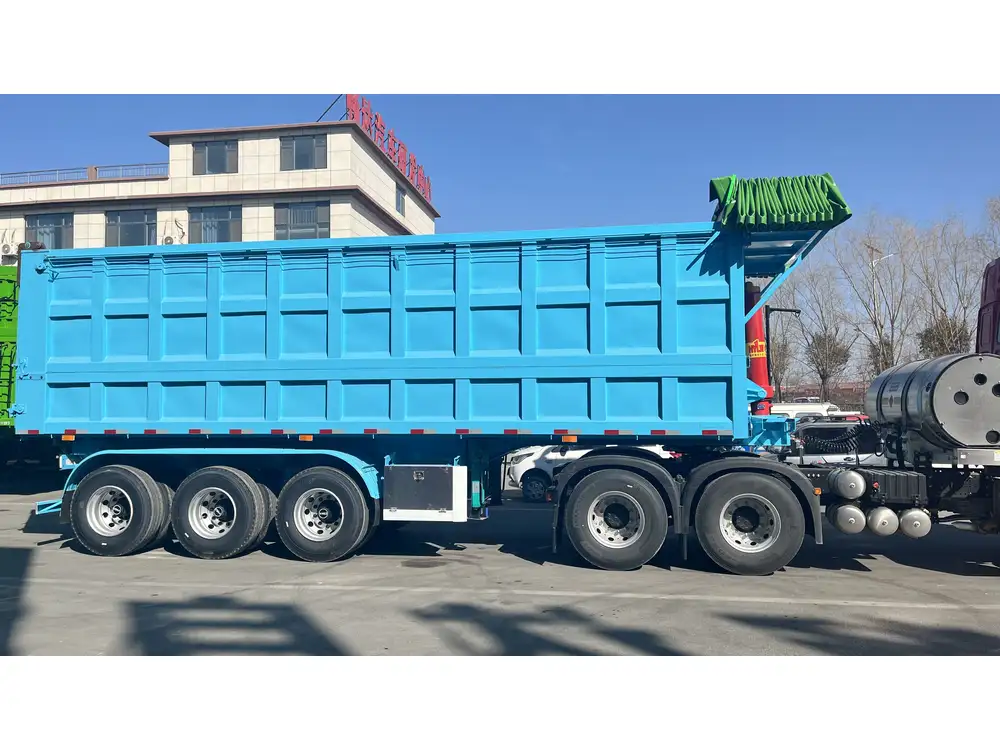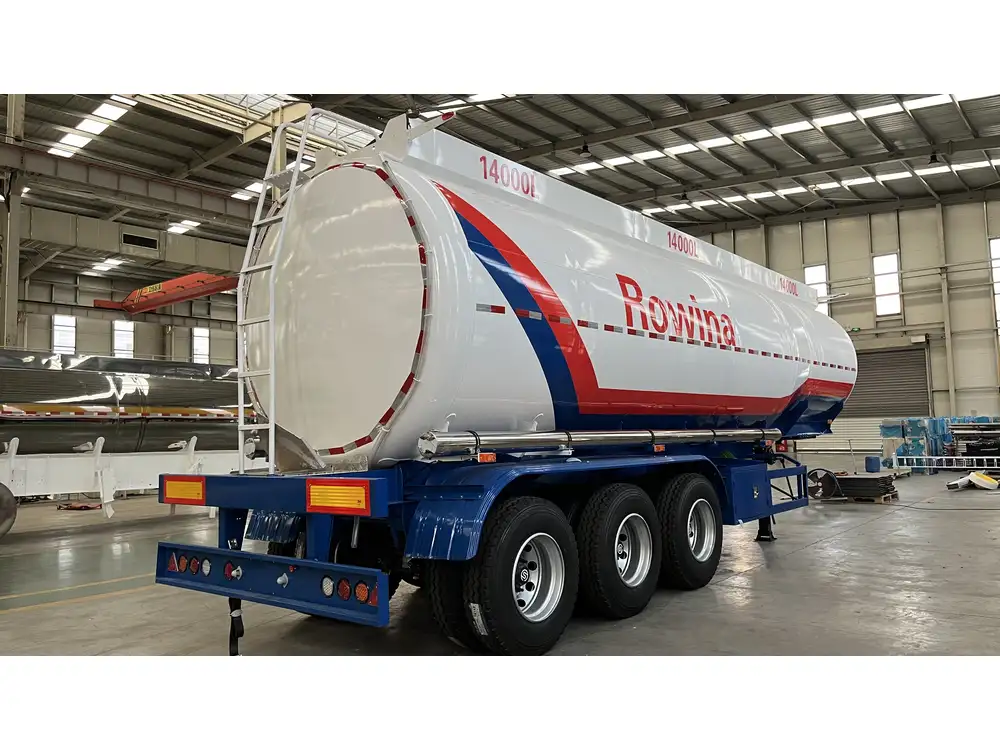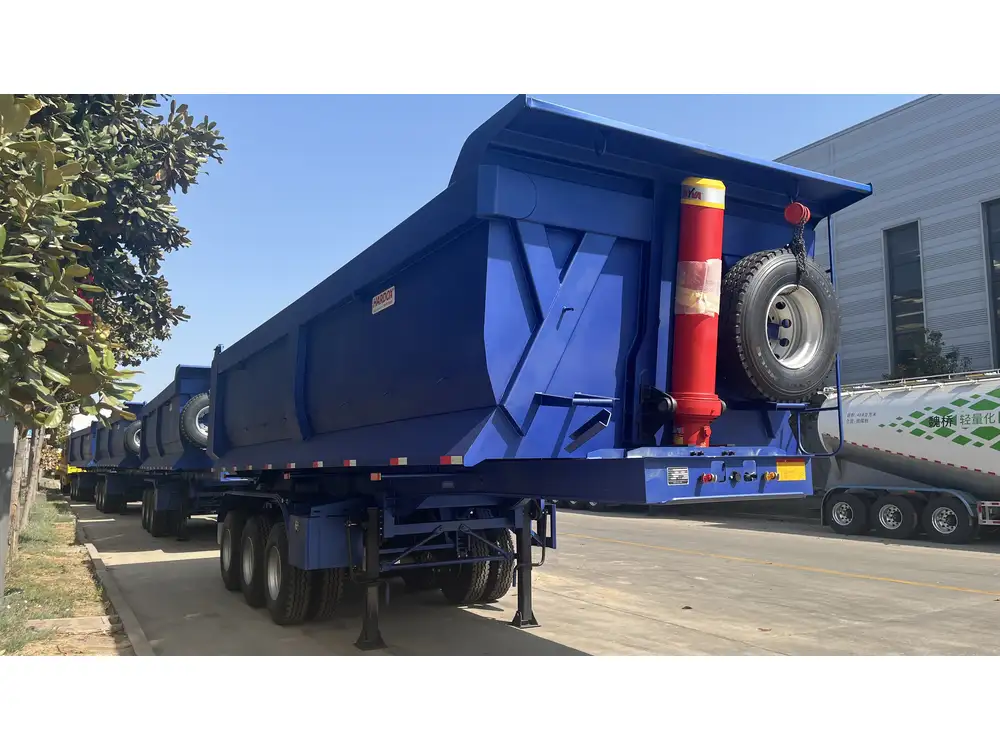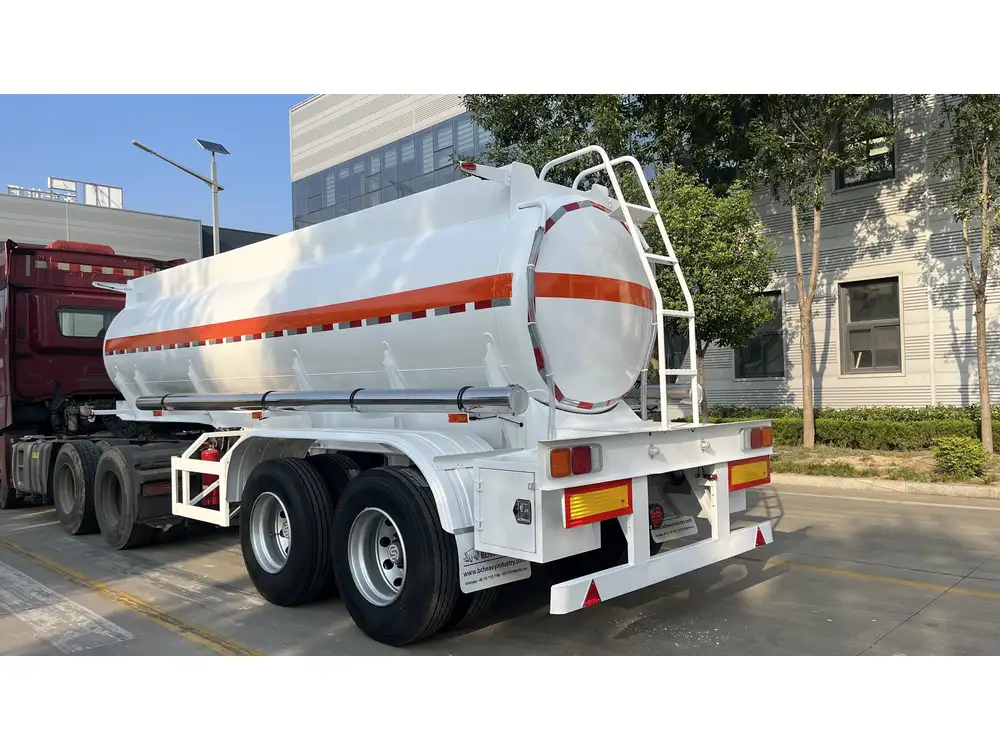When it comes to transportation logistics, understanding the dimensions of a semi-trailer is crucial for both shippers and carriers alike. This extends to knowing the cubic footage and square footage available for cargo. In this article, we’ll systematically dissect the dimensions of semi-trailers, calculate how many square feet they offer, and address various considerations that could affect your shipping solutions.
1. The Standard Dimensions of Semi-Trailers
To accurately gauge the square footage, one must first understand that semi-trailers come in various shapes and sizes. The most common types of semi-trailers include:
| Type of Semi-Trailer | Length (ft) | Width (ft) | Height (ft) |
|---|---|---|---|
| Standard Van Trailer | 53 | 8.5 | 13.5 |
| Flatbed Trailer | 48 – 53 | 8.5 | N/A |
| Refrigerated Trailer | 48 – 53 | 8.5 | 13.5 |
| Step Deck Trailer | 48 – 53 | 8.5 | 10 – 11 |
1.1 Dimensions Breakdown
- Length: Standard freight semi-trailers typically measure 48 to 53 feet in length, particularly for van and refrigerated models.
- Width: Uniformly, they possess a width of approximately 8.5 feet.
- Height: The height usually caps at around 13.5 feet for most types, though step deck trailers have varied heights.

1.2 Calculating Square Footage
The square footage of a semi-trailer is computed using the formula for area, which is Length × Width. For instance:
Standard Van Trailer:
- Length: 53 ft
- Width: 8.5 ft
- Calculation: 53 ft × 8.5 ft = 450.5 sq ft
Flatbed Trailer (average):
- Length: 53 ft
- Calculation: Assuming similar width, 53 ft × 8.5 ft = 450.5 sq ft
1.3 Cubic Footage Consideration
While square footage is essential for floor space evaluation, cubic footage is also critical as it determines how much volume can be loaded into the trailer. For cubic footage, we use the formula:
- Cubic Footage:
Length × Width × Height
Taking the standard van trailer as an example:
- Length: 53 ft
- Width: 8.5 ft
- Height: 13.5 ft
- Calculation: 53 ft × 8.5 ft × 13.5 ft = 6,361.125 cubic ft
1.4 Weight Consideration
Every semi-trailer has a weight limit defined by regulations. It’s imperative when calculating load to consider both the total weight capacity and the density of the cargo being transported.

2. Specific Uses of Square Footage in Transportation
2.1 Maximizing Load Efficiency
Understanding the square footage allows businesses to maximize their load efficiency. It gives a clearer idea of how much freight can be loaded, which can significantly influence shipping costs and resource allocation.
2.2 Compliance with Regulations
The Federal Motor Carrier Safety Administration (FMCSA) has established size and weight regulations that can affect how loads are shipped. Knowing your semi-trailer’s dimensions ensures compliance, reducing the risk of fines.

2.3 Choosing the Right Semi-Trailer for the Job
By knowing the square footage and dimensions, logistics managers can make informed choices regarding which semi-trailer is best suited for specific cargo. For example, broader cargo may require flatbed trailers, while pallets can easily fit in standard vans.
3. Comparative Analysis: Size Matters
Understanding the comparative advantages of different trailer types can facilitate optimal decision-making in transportation logistics.
| Trailer Type | Maximum Length (ft) | Square Feet (approx) | Uses |
|---|---|---|---|
| Standard Van | 53 | 450.5 | General cargo, pallets |
| Flatbed | 48 – 53 | 450.5 | Oversized loads, machinery |
| Refrigerated | 53 | 450.5 | Temperature-sensitive goods |
| Step Deck | 53 | 400 – 450 (varies) | Tall or oversized freight |
4. Factors Affecting Loading Capacity
While square footage offers an idea of potential load area, several factors can alter effective loading capabilities:
- Cargo Shape and Size: Irregular shapes may leave gaps, reducing effective loading space.
- Weight Distribution: Proper weight distribution is crucial for vehicle stability; overloading can lead to hazardous conditions.
- Regulatory Restrictions: Different states may have varying height and weight restrictions affecting potential load configurations.

4.1 Load Optimization Techniques
To maximize efficiency, several techniques can be employed:
- Stacking: Utilize vertical space by stacking goods, provided weight limits are adhered to.
- Palletization: Improving loading times and organization by using standardized pallets.
- Load Boards: Using technology to find available trucking capacity based on cubic and square footage.
5. Practical Applications of Understanding Trailer Space
Applying knowledge of semi-trailer dimensions can lead to improved logistics management. Here are several beneficial practices:
5.1 Cost Efficiency
Minimizing empty space within a trailer not only decreases shipping costs but can also result in more competitive pricing for customers.

5.2 Route Planning
Understanding the capacities involved also aids in planning routes more effectively. With precise loading sizes, logistics managers can anticipate and navigate space issues efficiently.
5.3 Inventory Management
Knowing the space each item requires can streamline inventory processes, enhancing overall operational effectiveness.
6. FAQs About Semi-Trailer Dimensions and Capacities

6.1 What is the standard height for most semi-trailers?
The standard height for most van and refrigerated trailers is approximately 13.5 feet, but this may vary.
6.2 Can cargo exceed the dimensions of the trailer?
Exceeding the trailer dimensions can lead to penalties unless special permits are obtained for oversized loads.
6.3 How does weight affect my ability to load cargo?
Each trailer has a maximum weight limit, established by the manufacturer and federal regulations. Exceeding this can lead to safety risks and regulatory violations.

Conclusion
In the fast-paced world of logistics and transportation, understanding dimensions—particularly how many square feet are in a semi-trailer—plays a pivotal role. By comprehensively analyzing trailer types, dimensions, and load optimization techniques, businesses can streamline operations, ensure compliance, and ultimately drive cost savings.
As you navigate the intricacies of logistics planning, keep these dimensions and calculations at the forefront of your decision-making process. Whether you’re shipping pallets or oversized materials, informed choices significantly enhance operational efficiency and competitive advantage in the industry.



